The awards bring £3.4 million to support research exploring life at the molecular level and to deepen our understanding of disease.
🔗Full story: bit.ly/4oW3D99
@astburycentre.bsky.social @universityofleeds.bsky.social

The awards bring £3.4 million to support research exploring life at the molecular level and to deepen our understanding of disease.
🔗Full story: bit.ly/4oW3D99
@astburycentre.bsky.social @universityofleeds.bsky.social
rdcu.be/eKlK7
Led by @dartmouthchem.bsky.social graduate student Kaushilk Borthakur in collaboration with @bonomimax.bsky.social

rdcu.be/eKlK7
Led by @dartmouthchem.bsky.social graduate student Kaushilk Borthakur in collaboration with @bonomimax.bsky.social
go.nature.com/4pNC96G

go.nature.com/4pNC96G
"Monomer binding modes of small molecules that modulate the kinetics of hIAPP amyloid formation"
by graduate student Michelle Garcia together with post-doc Korey Reid.
Paper:
www.biorxiv.org/content/10.1...
Code + Ensembles: github.com/paulrobustel...
"Monomer binding modes of small molecules that modulate the kinetics of hIAPP amyloid formation"
by graduate student Michelle Garcia together with post-doc Korey Reid.
Paper:
www.biorxiv.org/content/10.1...
Code + Ensembles: github.com/paulrobustel...
go.nature.com/4nu6YMs

go.nature.com/4nu6YMs
📈 We show that Zn²⁺ ions modulate the conformational ensemble of N-acetylated α-synuclein which directly influences its amyloidogenic behaviour.
🧩 Our approach combines ion mobility mass spec with ThT fluorescence, NMR and MD.
👉🏼 pubs.acs.org/doi/10.1021/...

📈 We show that Zn²⁺ ions modulate the conformational ensemble of N-acetylated α-synuclein which directly influences its amyloidogenic behaviour.
🧩 Our approach combines ion mobility mass spec with ThT fluorescence, NMR and MD.
👉🏼 pubs.acs.org/doi/10.1021/...
Alzheimer's disease and prion diseases are linked to unnatural aggregation of proteins into amyloid fibrils.
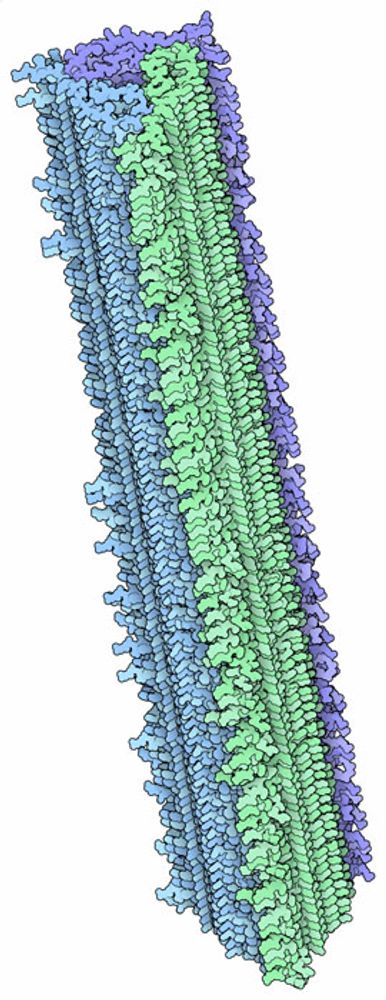
Alzheimer's disease and prion diseases are linked to unnatural aggregation of proteins into amyloid fibrils.

www.nature.com/articles/s41...

www.nature.com/articles/s41...

I am so proud of my group for this work! Particularly first authors Nick Charron, Klara Bonneau, Aldo Pasos-Trejo, Andrea Guljas.
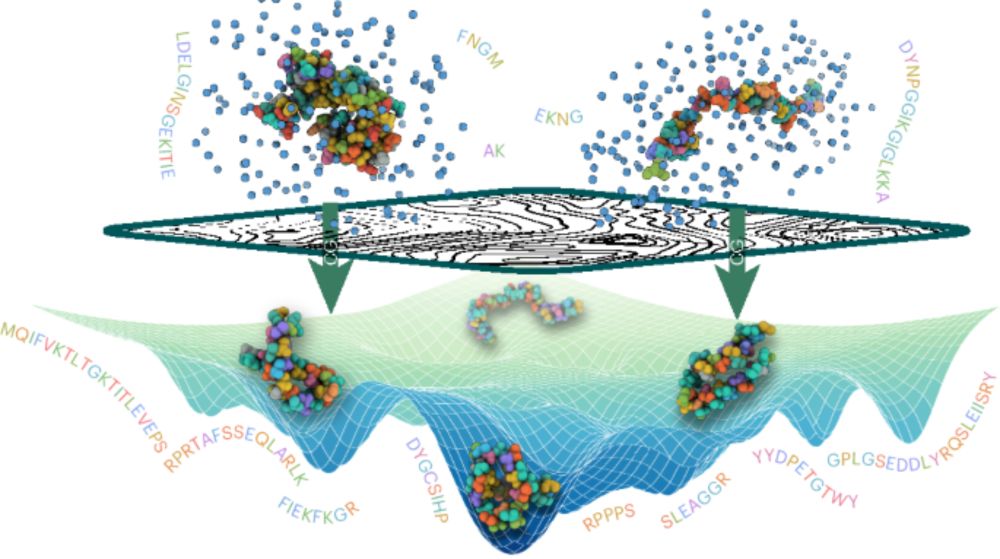
I am so proud of my group for this work! Particularly first authors Nick Charron, Klara Bonneau, Aldo Pasos-Trejo, Andrea Guljas.
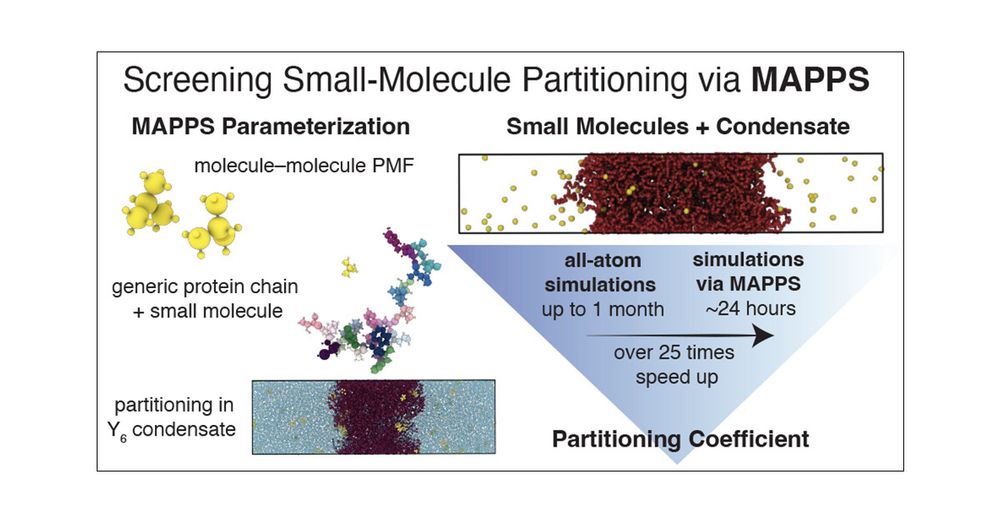
www.nature.com/articles/s41...
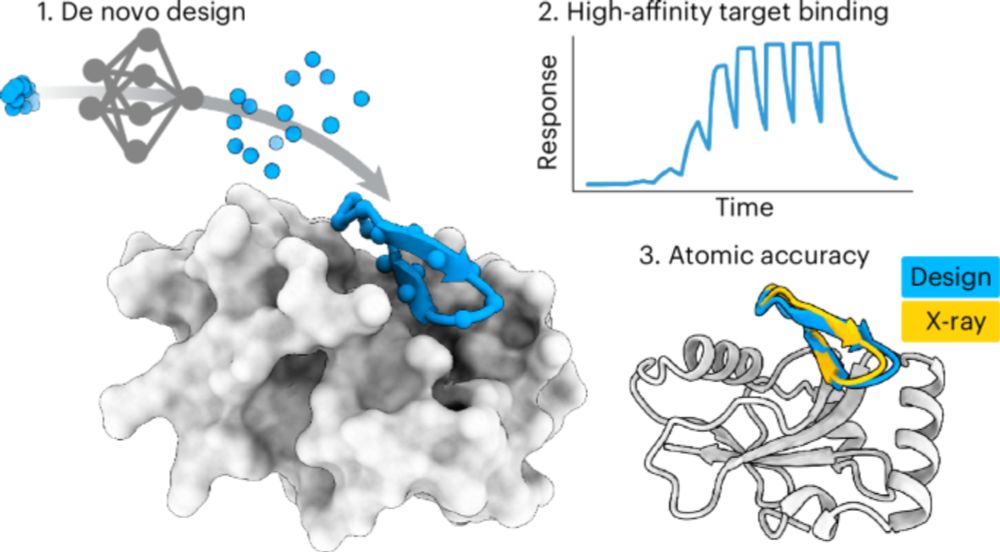
www.nature.com/articles/s41...
phys.org/news/2025-0...
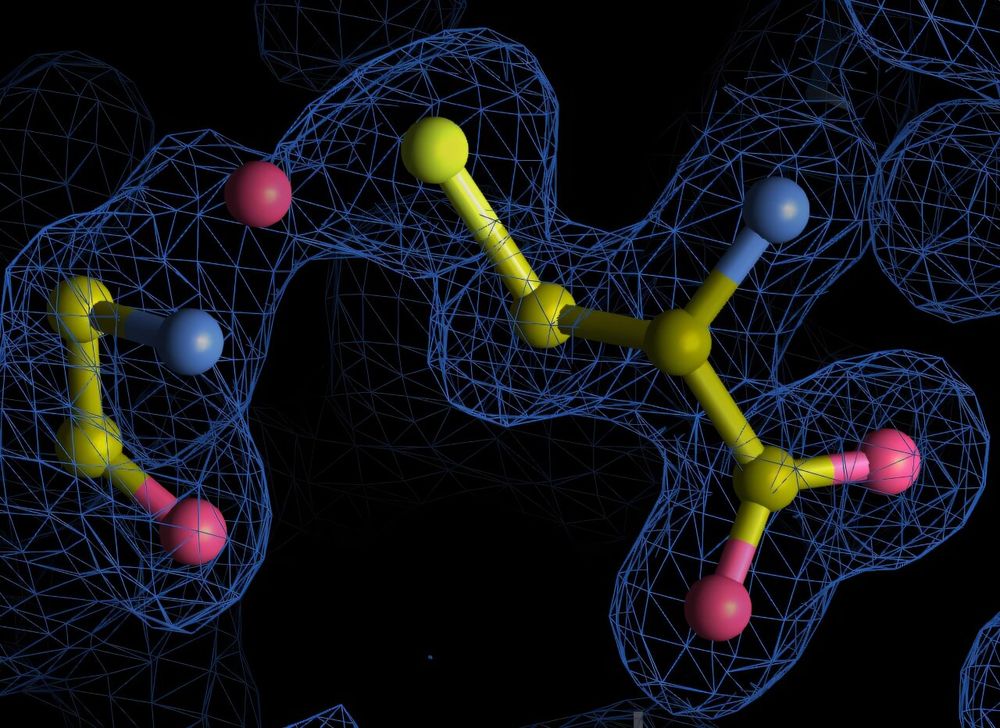
phys.org/news/2025-0...
CGBack: Diffusion Model for Backmapping Large-
Scale and Complex Coarse-Grained Molecular
Systems
Includes applications to reverse-CG/backmap multi-chain
molecular systems, including densely packed condensates.
doi.org/10.1101/2025...

CGBack: Diffusion Model for Backmapping Large-
Scale and Complex Coarse-Grained Molecular
Systems
Includes applications to reverse-CG/backmap multi-chain
molecular systems, including densely packed condensates.
doi.org/10.1101/2025...

Kinetic inhibitors of the early steps of #amyloid formation can profoundly affect the resulting fibril polymorphism – suggesting a new strategy to treat protein aggregation diseases.
🔗 pubs.acs.org/doi/10.1021/...
🧵... (1/6)
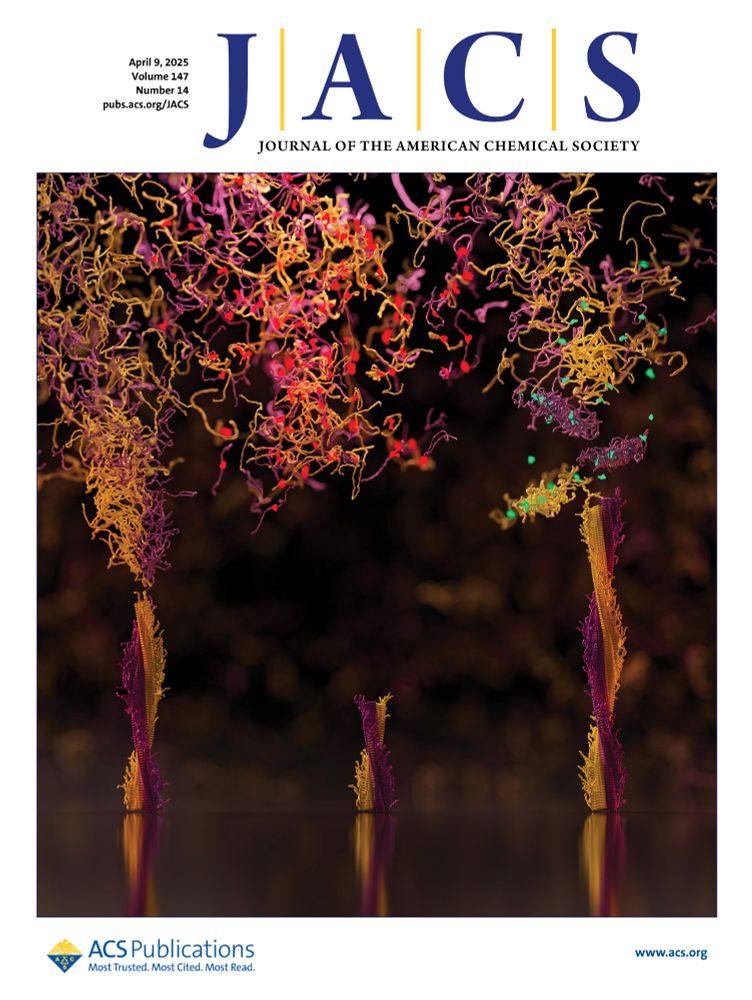
Kinetic inhibitors of the early steps of #amyloid formation can profoundly affect the resulting fibril polymorphism – suggesting a new strategy to treat protein aggregation diseases.
🔗 pubs.acs.org/doi/10.1021/...
🧵... (1/6)
We’ve got your back!
@sobuelow.bsky.social & @giuliotesei.bsky.social—together with the rest of the team—describe our software for simulations using the CALVADOS models incl. recipes for several applications. 1/5
doi.org/10.48550/arX...
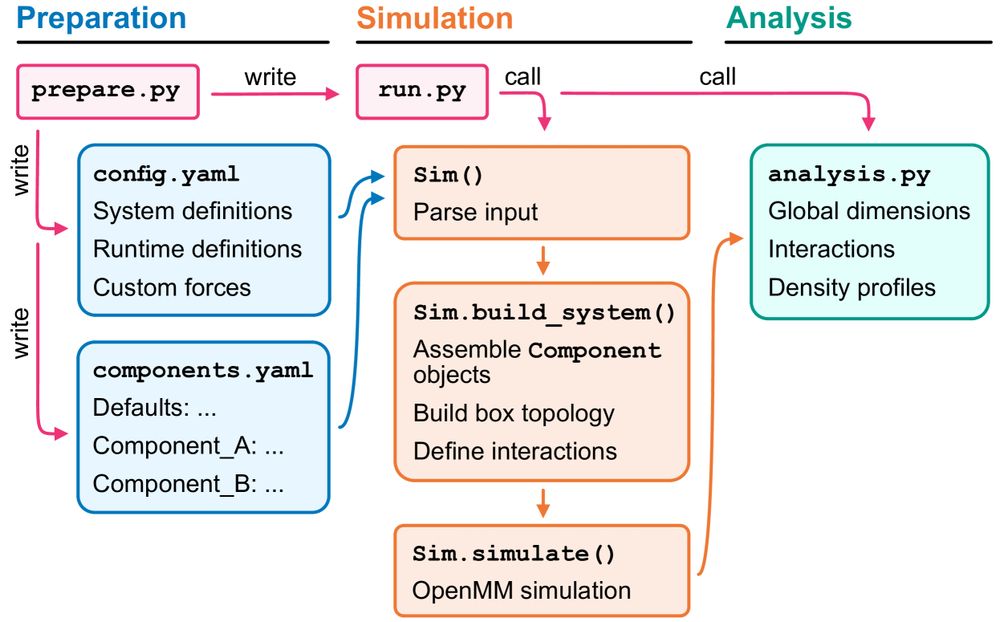
We’ve got your back!
@sobuelow.bsky.social & @giuliotesei.bsky.social—together with the rest of the team—describe our software for simulations using the CALVADOS models incl. recipes for several applications. 1/5
doi.org/10.48550/arX...
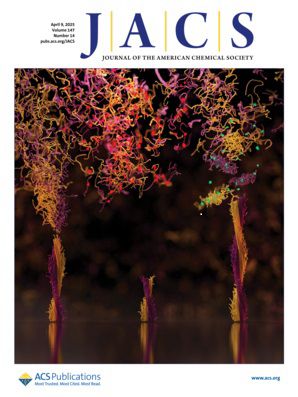
Kinetic inhibitors of the early steps of #amyloid formation can profoundly affect the resulting fibril polymorphism – suggesting a new strategy to treat protein aggregation diseases.
🔗 pubs.acs.org/doi/10.1021/...
🧵... (1/6)

Kinetic inhibitors of the early steps of #amyloid formation can profoundly affect the resulting fibril polymorphism – suggesting a new strategy to treat protein aggregation diseases.
🔗 pubs.acs.org/doi/10.1021/...
🧵... (1/6)
Since 2008, Peregrine Falcons have been nesting intermittently on the Parkinson Tower. During that time, the University has seen fourteen chicks successfully hatch 🐣

Since 2008, Peregrine Falcons have been nesting intermittently on the Parkinson Tower. During that time, the University has seen fourteen chicks successfully hatch 🐣
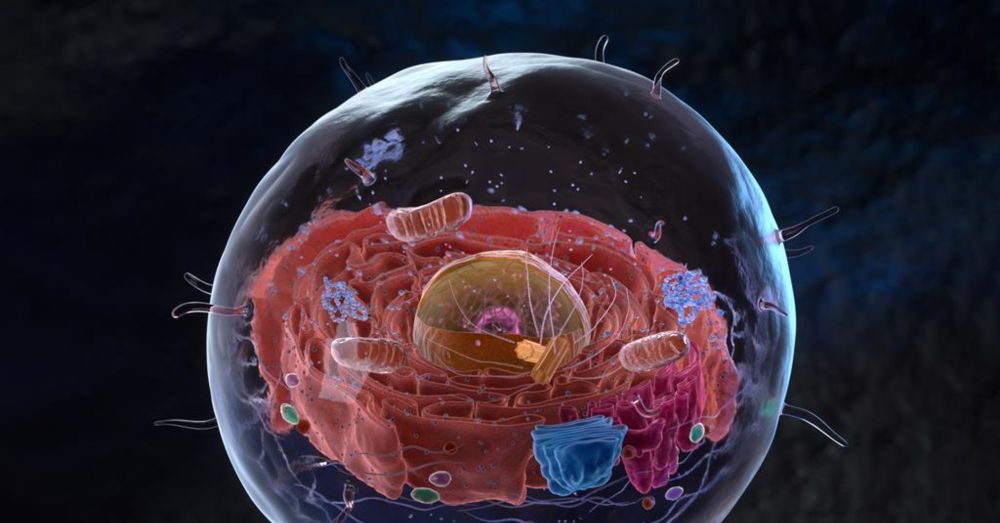
Glaciers are the water towers of the world, supplying freshwater to over half of humanity, but they are at the frontline of the climate crisis.
Find out about the important research and glacier initiatives that Leeds academics are involved with 👇🧊

Glaciers are the water towers of the world, supplying freshwater to over half of humanity, but they are at the frontline of the climate crisis.
Find out about the important research and glacier initiatives that Leeds academics are involved with 👇🧊
@asrauh.bsky.social @giuliotesei.bsky.social and Gustav Hedemark used a top-down approach in which we targeted experimental data to derive parameters or phosphorylated serine and threonine doi.org/10.1101/2025...

@asrauh.bsky.social @giuliotesei.bsky.social and Gustav Hedemark used a top-down approach in which we targeted experimental data to derive parameters or phosphorylated serine and threonine doi.org/10.1101/2025...

